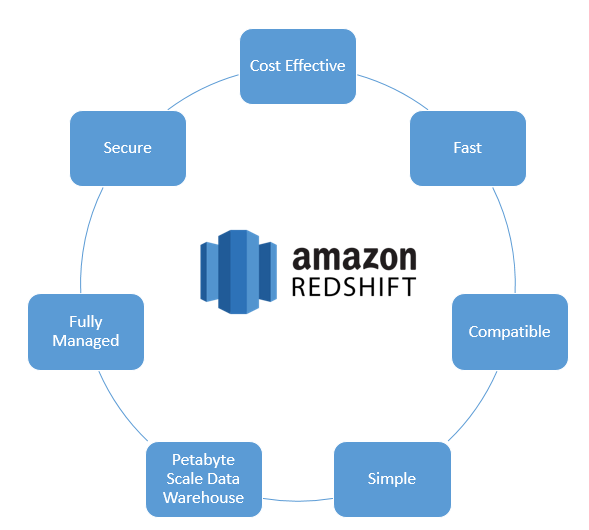
This does not address ETL issues, nor does it address MySQL scalability issues. The MySQL analytic, performance, scalability, and data integrity issues don’t change, they simply cost more.Įven AWS RDS (Relational Database Services) running Aurora-MySQL version-requires additional services such as their “GLUE” ETL as a service to move transactional data to the Redshift data warehouse. Those hopes have been dashed as it became clearly evident that transitioning to a MySQL, MariaDB, or PerconaDB database cloud service merely moved the problems from on-premises to the cloud. The emergence of MySQL, MariaDB, and PerconaDB database cloud services presented hope as a solution to these analytics problems.They also frequently consume time when troubleshooting the invariable problems that arise with multiple vendors, as documented in Murphy’s Law. They take a lot of work and frequently cause data integrity issues despite best efforts in error detection and correction.Īlthough there are reasonably effective third-party ETL tools, services, and cloud services, they add cost. Database administrators do not like ETL processes. The ETL processes are generally continuously tweaked and modified to improve performance or to change/increase data sources-because time is money and ETL delays cost both.
#Amazon redshift wiki upgrade#
And anytime data is moved and manipulated there is an increased probability of corruption, deletion, unauthorized access, or errors.ĮTLs require costly engineering resources to develop, document, maintain, and upgrade on an ongoing basis. latency), to the point of delivering insights that can be too late to take advantage. That means reporting and analytics do not occur in real-time. This is a non-trivial task commonly referred to as an ETL or Extract, Transform, and Load process. The problem arises from having to move the MySQL transactional data to that data warehouse. This always looks better on paper then empirical reality. It just forces MySQL users to use an additional database optimized for analytics such as a data warehouse. This major shortcoming does not eliminate MySQL user requirements for reporting and analytics that generate insights into their data. Complex queries or scaling queries are non-starters. There is no built-in analytics engine within MySQL, making performance atrocious. The most common complaint is its extremely limited analytics capabilities.


It is the world’s leading eCommerce platform and specifically designed around MySQL.

One of the more ubiquitous examples is the open-source application Magento, an Adobe company. There are many illustrations of MySQL popularity among developers and applications.Impressive names such as NASA, Netflix, Tesla, Facebook, Twitter, Spotify, YouTube, GitHub, the United States Navy, Airbus/EADS, WeChat, Zendesk, JP Morgan Chase, CERN, Airbnb, Caterpillar, UN, Marketo, Verizon Wireless, Bayer,, and many more. MySQL popularity ranges across large, medium, and small IT organizations including some very recognizable names.It’s important to note that PostgreSQL, the other popular open-source relational database, is very distant fourth in popularity with less than 5% of the market. Nor does it include the customers of database cloud services utilizing MySQL, MariaDB, and PerconaDB such as those offered by AWS RDS and Azure. The reported MySQL market share and number of customers does not include the MySQL forks-binary drop-in replacements-of MariaDB and PerconaDB. The next closest is Microsoft SQL Server with 19.59% and approximately 180,486 customers. MySQL has approximately 20.62% of the transactional database market with more than 190,304 unique customers. It meets or exceeds the needs of organizations of all sizes. Open-source MySQL relational database management system (RDBMS) is the most popular database in the world per Enlyft 1.This research is based on the following seven premises:


 0 kommentar(er)
0 kommentar(er)
